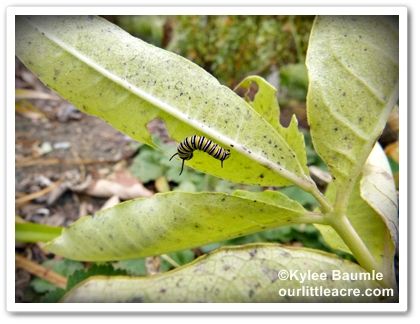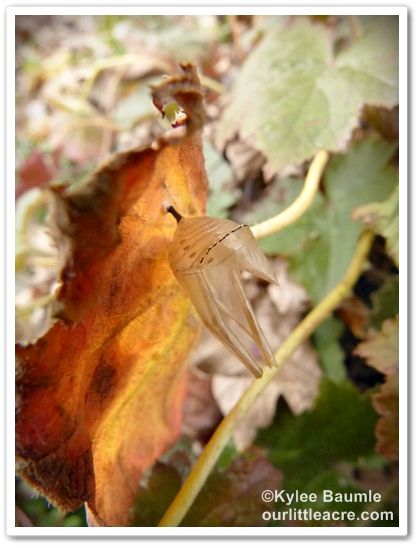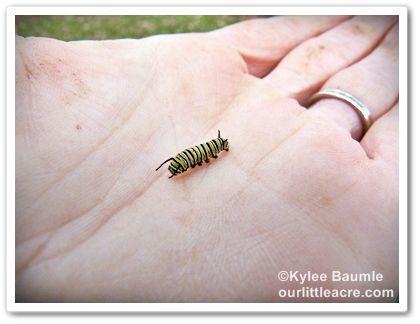The week has ended on a much better note weatherwise than it began. Though we didn't experience the devastating effects of Hurricane Sandy that the East Coast did, she managed to affect us in smaller ways. We had continual winds, rain, and even a little sleet and snow before things calmed down yesterday.
I've been busy with writing tasks and travel, as well as helping out with our new little granddaughter, Hannah, and the gardens have been a little neglected. Finally, today I was able to get out there to do a little cleaning up. With temperatures in the high 40s, you might think I'd be a bit chilly, but nothing a coat and expending some energy couldn't deal with!
As I worked at cleaning out excess leaves, trimming dead branches and pulling mushy perennial foliage, I noticed little things that I wouldn't have otherwise. Simply strolling through the garden, I would have missed so much.
Tucked behind plants that have buckled in the winds, I found two irises ready to bloom! I've never seen this one bloom this late before and even 'Immortality', a known reblooming German bearded iris, has never bloomed in November.
 |
| Who would have thought we'd still be picking and eating fresh strawberries in November either? |
I mentioned a few weeks ago that I'd never come across a monarch chrysalis in the garden this summer. The monarchs were fairly plentiful, especially the latter half of the summer, and I found several caterpillars on the milkweed, so I knew metamorphosis was taking place. Today, I found proof:
Monarch caterpillars crawl away from the milkweed to form their chrysalides in a protected location up to 30 feet away. I found an empty chrysalis on the underside of a Heuchera leaf, about six feet
away from the nearest milkweed.
But the most astonishing thing I found was a monarch caterpillar. A tiny one. It was so small, it's a wonder I even noticed it. The milkweed it was on was mostly yellow and dying, but did show some fresh new growth at the top. Still, the cold temperatures and lateness of the season have caused most of the milkweed to lose their leaves and they're left as bare stems standing sentinel in the garden.
 |
| This tiny monarch caterpillar is no more than half an inch long. |
I thought at first that the tiny caterpillar was dead and somehow stuck in place on the leaf. But as I gently touched it to see, it slowly moved its antennae. I picked it up to move it from the Asclepias syriaca, which only had a few yellowing leaves at the top, over to the greener Asclepias curassavica, so it would have more to eat.
I held it in my hand and it slowly crept around my palm. Gently, I placed it on a leaf where it curled up for moment and then crawled to the underneath side. It's virtually impossible for it to grow large enough to pupate, metamorphose, eclose, and then fly to Mexico for the winter. And even if it would live long enough to complete its life cycle and become a butterfly, it's too late for it to escape our cold temperatures.
Briefly, I entertained the thought of the possibility of taking some milkweed plants into the greenhouse, along with the caterpillar so that it at least might have a chance. I even wondered if a monarch butterfly could spend the winter in a 50-degree greenhouse. The odds are overwhelming that it could be possible.
Sadly, this little guy will likely live out his last days right here in my garden. It seems that even some of nature is dragging its feet about the approaching winter, just like I am.




















 "Bejeweled"
"Bejeweled"



2 comments:
I have a friend that has Iris reblooming that have never had that happen before. It must have been the drought causing plants to go into another bloom cycle. When will we stop blaming the drought for garden changes?? tee hee... Have a great weekend.
Here in Michigan, I transplanted my stand of tall white bearded iris in the fall of 2011. They didn't bloom this spring, so I just wrote it off to transplant shock, or the killing frost we had in May that killed the peonies and lilacs. But---both clumps bloomed at the end of October-bigger, more beautiful and better than they ever did in Spring! It kind of scares me a little if this is a regional occurrence...the climate really is changing.
Post a Comment